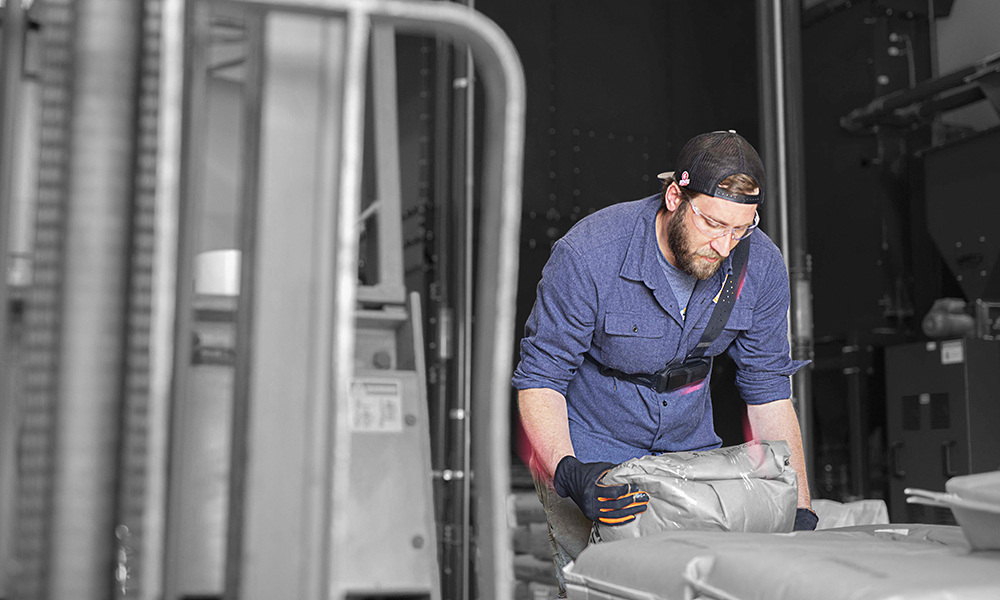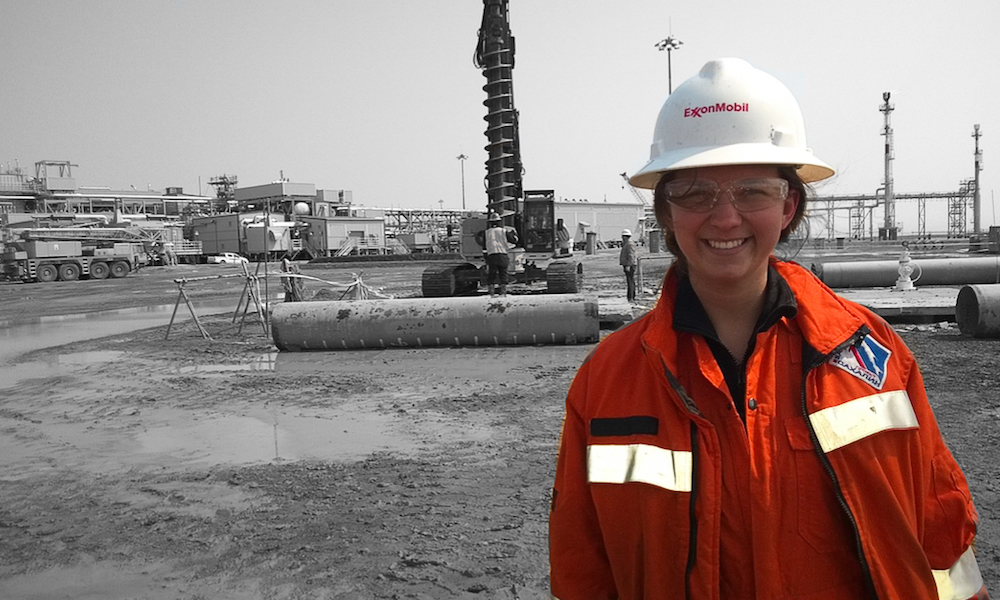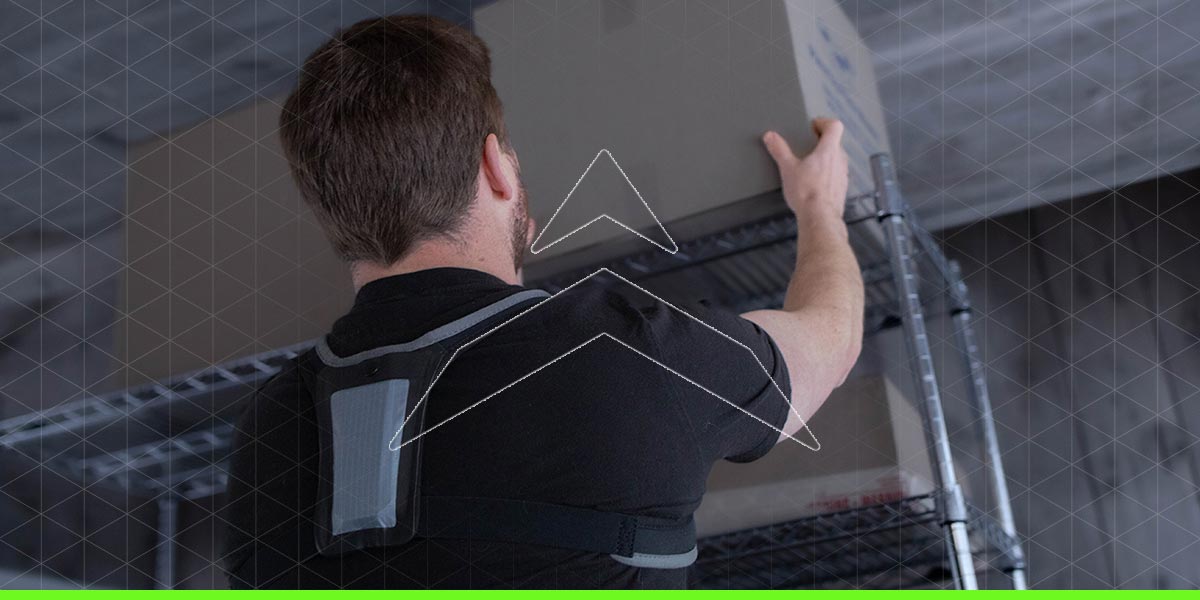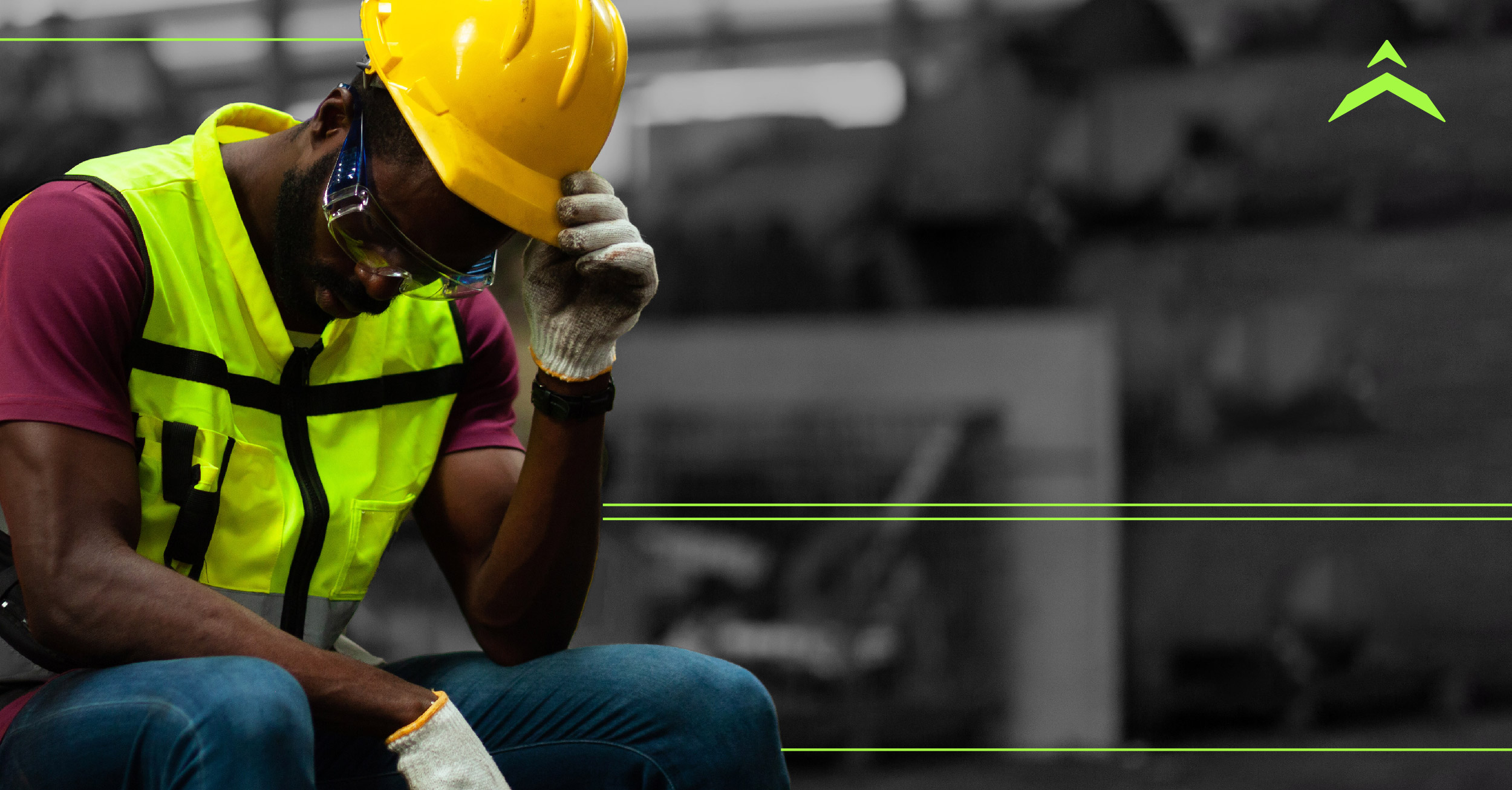Lessons from the Shop Floor: How to deploy wearables to your workforce
So, Safety Manager, you’ve heard the buzz.
You’ve read the forwarded articles and white papers, you’ve listened to the interviews, and you’ve done your due diligence. You think, “I’m ready to embrace safety wearables!”
But… now what?
Do you go and talk to your Claims Manager about your great idea? I bet they’ve seen some successfully implemented wearable programs and can help guide you through implementation. Maybe you can take it to your Innovation Team – sure, they’re a new department, but this is right up their alley. Maybe they’ll even put up some money for it! Or perhaps you just start Googling – hoping to find a bit of advice on what to do next.
And what about your team? How are you going to introduce this new wearable to the regional managers, EH&S folks, and the associates who have to wear it? How can you be sure they’ll go for a program like this?
I’m here to tell you that if you’ve gotten to this point, you’re not alone – if anything, you’re a bit ahead of the curve. At conferences and during introductory meetings, the most common question I get asked from people like yourself is how to effectively implement a wearable program at the facility level. How do I get buy-in from the teammates on the floor who are going to have to wear this “thing”, as well as from their managers who are going to need to change their processes?
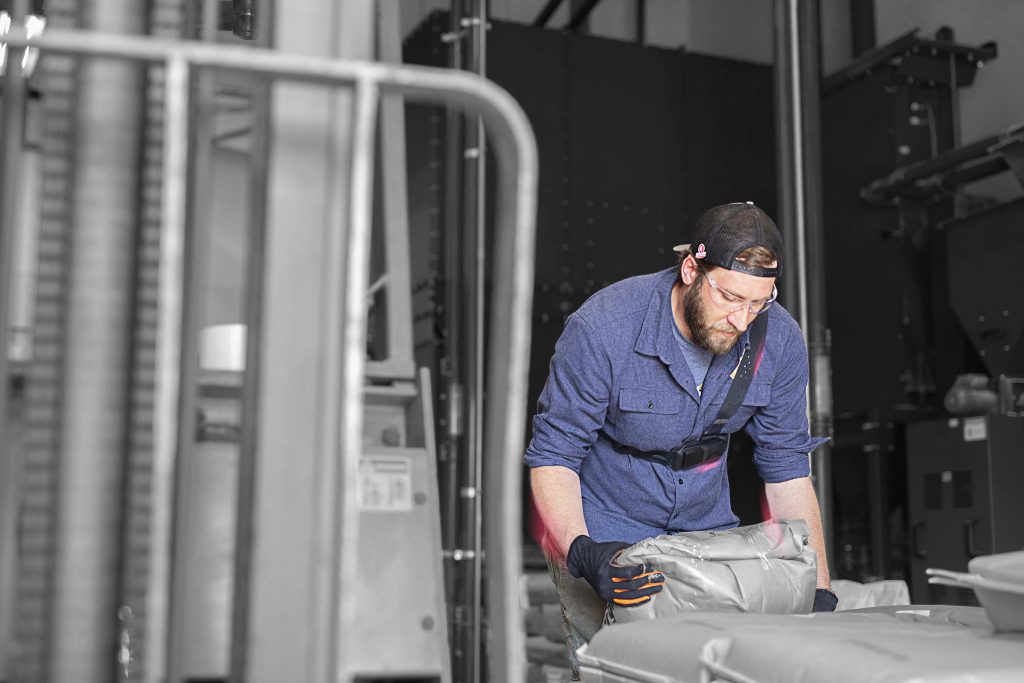
Well, you’re in luck – because this complicated question has an actual answer. If you want to implement a successful wearables program, you’ll need:
Executive Buy-In & Transparency
Executive buy-in means more than just getting checks signed and legal approval. Executive buy-in means that key executive stakeholders are involved in the project and are supporting its success. If you want the associates on the floor to use the wearable, their managers need to be using it. If you want manager participation, their supervisors need to be tracking and measuring progress on it. If you want supervisors to care enough to track the process, you need facility leadership to demand utilization. If you want the facility leadership to buy in… you get the picture. The “buy-in” river flows downstream.
This doesn’t just happen by accident. Realistically, executive buy-in for a safety wearables program will only happen if your organization promotes a strong safety culture. We talk more about it in this blog post from September, but a true safety culture is more than just a punny poster or two hanging in facility break rooms. A company that is truly invested in safety is one that will have a strong bedrock for acceptance, at every level, for anything that makes the team safer – and that is going to make all the difference in winning executive buy-in for a program like this.
Even with a progressive safety culture in place, a resistant workforce can still push back against utilizing a wearable if they don’t understand the value they’ll get from using it and think it’s being forced down on them.
More so than productivity, an employee’s physical wellbeing is personal. Having decisions made about your health, independent of yourself, can be off-putting and even insulting. This year alone StrongArm has deployed to 30+ clients and 5,000+ users. We’ve seen time and time again that any wearable program resistance we encounter stems from a lack of transparency. I’ve personally spoken with countless associates who are suspicious of wearables at first, but once they are given all of the information and have the opportunity to ask clarifying questions, the hostility fades into curiosity, which quickly evolves into acceptance and enthusiasm.
Starting the conversations with employees early and often, and taking the time to listen and address their fears and concerns with frankness and sincerity, goes a long way for the success of a wearables program.
Bringing in a safety wearables solution may at first seem far off and hard to accomplish. But, if you stick with these fundamental concepts of organization change, that you need executive buy in and transparency to employees, you’ll find that adoption is attainable, and moreover, has already been attained by forward-looking organizations across the globe. Imagine the first safety manager who suggested reflective safety vests should be worn on-site. At first that sounded crazy, but now, it would be crazy to suggest otherwise. Given the injury reduction metrics we’re seeing with FUSE customers, it’s not unrealistic to think that someday, in the not too far off future, FUSE will be an industry wide requirement across high-risk job functions. And I have a feeling your organization will remember the person who first pushed for its implementation.
